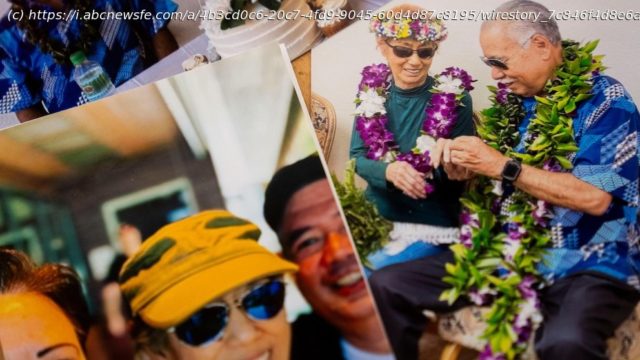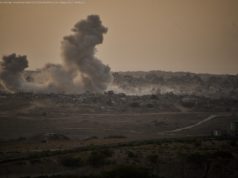A wildfire that tore through the heart of the Hawaii island of Maui this summer showed how older residents are at particular risk from disasters
Sharlene Rabang and her calico cat fled the wildfire that destroyed her town on Maui and arrived at a family home on another Hawaii island after a 24-hour odyssey that included sleeping in a car.
Dazed, coughing and weak, the frail but feisty 78-year-old headed straight for the bedroom. Her daughter headed for a drugstore, thinking the coughing might be asthma or the flu.
It wasn’t.
Rabang died with her daughter holding her hand nearly a month later. She had a history of cancer, COVID and high blood pressure, and the doctor initially neglected to attribute her death to the wildfire. It wasn’t until November that, at the urging of her family, Honolulu’s medical examiner said a contributing cause of death was the thick, black smoke that Rabang breathed as she fled.
The report made Rabang the 100th victim of the deadliest U.S. wildfire in more than a century. The Aug. 8 fire devastated the onetime capital of the former kingdom of Hawaii. It wiped out an estimated 3,000 homes and apartments in Lahaina as it raced through dry, invasive grasses, driven by winds from a hurricane passing far to the south.
The number of people exposed to natural hazards has increased as climate change has intensified disasters like wildfires and hurricanes. Studies suggest that wildfire disproportionately affects vulnerable people such as those who are older, have a diminished capacity to respond to danger, or are low-income.
Of those killed by the Maui fire, 60 were 65 or older.
Many relatives are facing grief and anger and feeling robbed of their final years with their elders. The pain is particularly acute around the holidays.
“I don’t care how many surgeries she’s had in her life, I don’t care that she was vulnerable,” said Rabang’s daughter, Lorine Lopes. “She wouldn’t be dead if it wasn’t because of the fire.”
In September, a team of wildfire researchers in the U.S. West found that in the past decade, the number of highly vulnerable people living within the perimeter of wildfires in Washington, Oregon and California more than tripled from the decade before, to more than 43,000. When a wildfire destroyed the town of Paradise, California, in 2018, 68 of the 85 victims were 65 or older, and more than a dozen had physical or mental impairments that impeded their ability to evacuate.
Recordings of 911 calls from the Maui wildfire underscored how susceptible older residents were.
One woman called about an 88-year-old man left behind in a house: “He would literally have to be carried out,” she told the dispatcher.
Домой
United States
USA — mix She died weeks after fleeing the Maui wildfire. Her family fought to...






